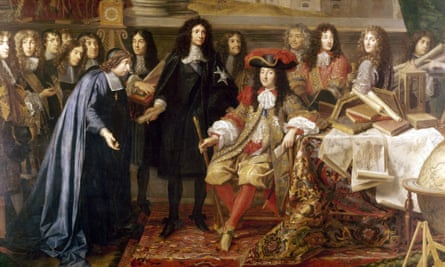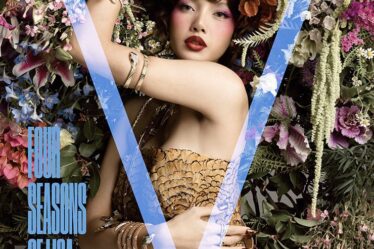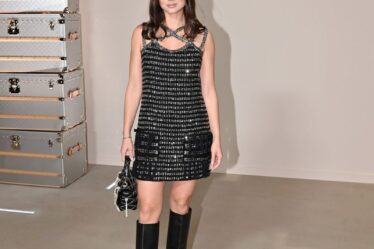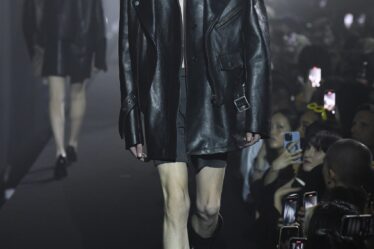
For hundreds of years, the glass slipper has been synonymous with the tale of Cinderella and her midnight dash home from the ball. Now an academic has traced its 17th-century origins and uncovered a connection to the creation of the Hall of Mirrors at the Palace of Versailles and the impractical fashions and fads of French aristocrats.
“The glass slipper is a witty joke,” said Genevieve Warwick, professor of the history of art at the University of Edinburgh. It was intended to be a “literary mascot of French economic modernity” and a tongue-in-cheek reference to Louis XIV’s love of extravagant and often quixotic French fashion, especially in regard to shoes, she told the Observer. “No one could actually walk, let alone dance, in shoes made of glass.”
Until now, according to Warwick, author of Cinderella’s Glass Slipper: Towards a Cultural History of Renaissance Materialities, academics have overlooked the link between Cinderella’s glass slippers, created by Charles Perrault when he wrote the defining version of the fairytale in 1697, and the great Galerie des Glaces at Versailles.
Perrault was the secretary tasked with outfitting Louis XIV’s palaces. “He was the brains behind the operation of putting up the Hall of Mirrors,” said Warwick. The 73-metre-long hall was lavishly furnished by Perrault with 357 mirrors opposite 17 huge arched windows at a time when glass was a highly fashionable, ultra-expensive modern luxury. “He was also the administrator in charge of setting up a royal glassworks for France.”
The glassworks ensured that glass no longer needed to be imported from Venice for the king’s palaces. Instead, thanks to Perrault, it was manufactured in France from “very humble” local materials. “Perrault was responsible for ensuring supplies to the glassworks: sand, ash and wood for the fires. Hence Cinderella’s name.”
When Perrault transforms a humble girl who sweeps up cinders into a magnificent woman worthy of a prince’s love, whose USP is her glass slippers, his contemporary readers would have understood he was referring to Louis XIV’s ostentatious love of glass and his magnificent Hall of Mirrors. In this way, Perrault was linking Cinderella’s fate – her success in achieving a royal marriage and a happy ending – with the fate of the nascent French glass manufacturing industry, Warwick argues. “He was making her into a kind of national emblem of how we’re going to make France prosperous, by making these luxury products ourselves.”
Economic patriotism was so extreme at the time that French nobility could be fined at court if they wore fashionable textiles which had not been made in France.
Yet keeping up with the latest fashions was just as important in 17th-century Paris as it is today: “It was the beginning of the fashion industry as we would understand it, having summer and winter seasons with new textiles and new designs to make people buy things on a much more regular basis.”
These fashions were often satirised by writers of the period. By expecting Cinderella to dance in glass slippers, Perrault was making an “in joke” about fashion fads that upper-class women, who frequented the Parisian salons where fairytales were told, would have understood only too well, Warwick said.
Rather like glass slippers, which “you couldn’t possibly dance in”, there had recently been a “completely absurd” craze among aristocrats for “pins”: “Our euphemism for legs as pins comes from this. They were really stilts that women wore, in part to lift their dresses and silk shoes out of the mud. But it was also a sign of elegance, to be taller.”
There was, however, a downside. “They were incredibly impractical. You could hardly walk in them.”
Perrault was also gently poking fun at the king’s well-known obsession with fancy footwear. “Louis XIV was very fond of shoes. He was always changing his shoes, and they were very fashionable, full of bows and pom-poms and fancy details. He was a big promoter of French fashions and textiles, largely as an economic measure – that was how France prospered, during this period, and the king was very much at the centre of that.”
He would attend his state receptions in the Hall of Mirrors wearing luxury textiles encrusted with gold thread, diamonds and pearls – “and his shoes were the same”. The glass slipper neatly encapsulates these two interests of the king: “It brings together Louis XIV the fashionista and Louis XIV of the Hall of Mirrors.”
Perrault was also celebrating Louis XIV’s love of footwear when he put boots on the cat in another fairytale he wrote, Puss in Boots.
“His fairytales are so suffused with these references to what was going on at court,” Warwick said. “With Puss in Boots, it’s unmistakable. What the boots are really doing is transforming this humble farmyard cat into an aristocrat. It’s the same kind of thing he does with Cinderella.”



